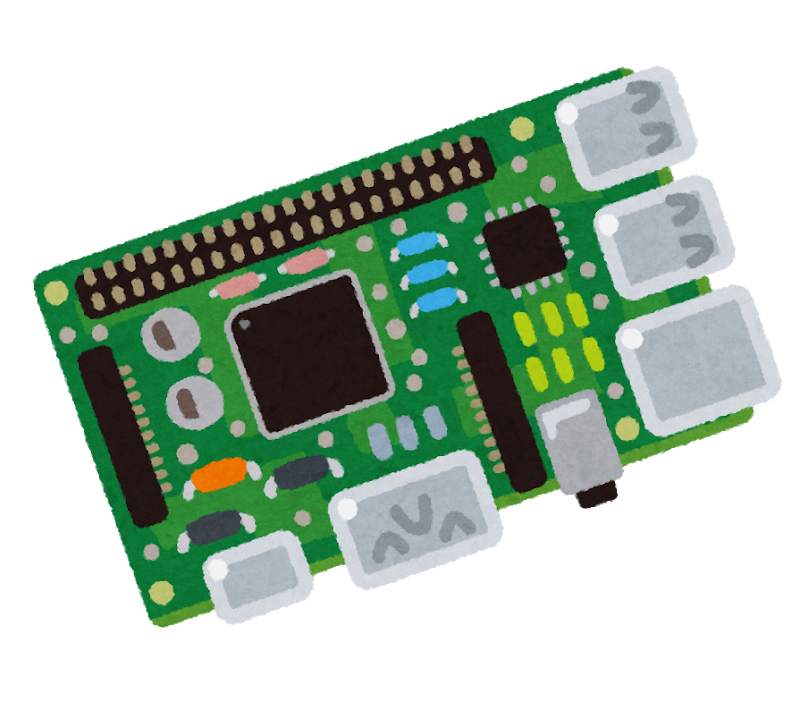So I have two laptops. Both run Linux Mint.
I need Laptop 1 to work with.
Laptop 2 is an unrepairable POS that starts having a little trouble with keyboard and hinges but works nicely otherwise and has a nice large 1TB disc and a GPU. I want to bury L2 in a shelf(*) and save videos and music on it to access from L1.
I would also like to play with Stable Diffusion on L2, accessing it from L1. Can I do that?
Edit: At some point I want to have my website served from L2 as well but I guess that can be a future project.
(*) Bonus points for ideas about how to have L2 do other useful things when I don’t use it and install it as grow tent heating instead of just have it sit in a corner.
Stable Diffusion is unlikely to run on a Laptop GPU due to memory constraints, but you can run some simpler CUDA stuff on it most likely.
Otherwise it should work? What exactly do you have doubts about?
Some laptops allow you to disable to closed lid detection in the bios. But it is nice to reach the power button anyways, so usually its better to keep the lid open. On an old laptop I just removed the broken screen all together and connect an external one when needed.
I’ve seen that some people apparently got SD to work running on CPU only? Will see … I’d rather keep the lid closed, environment is too filthy for tech here. I will only start removing parts if nothing else works, it’s too flimsy for that kind of stuff.
On CPU it is way too slow. Not worth it.
Oh that’s a little disappointing because I was getting quite excited about AI art, but then also I don’t really want to run huge resources anymore just so I can play with stuff. Maybe for the best.
Turn on SSH (text) and VNC (GUI, like Windows RDP) on L2, place wherever you want. Access it remotely to run whatever. Install and use samba to create a file share for your videos and music. Whenever you want to host a website, install apache or nginx as the host software.
If/when you use it to host a website, make sure to harden the security on it. Block SSH and VNC through your router firewall completely so the server cannot be accessed from outside. Block SSH for the root user. Install something like fail2ban to prevent anyone who manages to reach the server from trying passwords endlessly.
Is only SSH not enough? Does the VNC just add the GUI or anything else?
I did manage to get access to Home folder and even external disk on L2 after much fiddling with sshd_config. Was extra pleased, changed power settings and closed the lid, continued to work fine, was even more pleased. Pulled power plug to set computer up in shelf, plugged again, and it stopped working. Not sure what to try next.
Edit: got back in. Something dodgy happened to L2 and I restarted it
Oh, yes, SSH should be enough. I think I assumed a need for a GUI since you mentioned it had a GPU.
I mentioned the GPU because of Stable Diffusion - ah only now I understand what RDP means. (It shows that I live in the weird wastelands of ‘will try to do anything with a computer’ and ‘out of the loop peasant hippy’). I guess that might be neat to have.
I’m just beginning to understand the many exciting possibilities of ‘L2 hidden in a shelf but accessible’ aka self-hosting. Thanks people I’m really pleased! About a year and a half ago I was a (forced by work) (constantly swearing) Windows-only user. Then I managed to install a Linux-Windows double boot, but was still afraid of meddling with server things. Understanding how to use SSH wasn’t really as intimidating as I thought.
My even more luddite than me bf was horrified by the way. ‘It stays on all the time???’ ‘It’s like a small heater that heats the room’ didn’t really sell the idea to him. I’ll try next with ‘like a firewood shed, only for movies instead of firewood, but the door is broken so we have to use teleportation magic to watch the movies’
If you want to use L2 to host different services, I’d HIGHLY recommend looking into Docker. With docker you can containerize the different applications/services you host on L2, which keeps them isolated from each other and the L2 base system.
So, with Docker, you could set up L2 with a Jellyfin container to be your media server for music and videos, you could set up another container to host your website when you’re ready for that, and much more depending on your wants/needs.
I’ve got an old pc I set up with Ubuntu server (20.04), and am currently running 20-30 containers with different apps and services. It’s great.
this video is a great tutorial to get a docker setup up and running and this guy’s channel is full of great step-by-step tutorials for setting up different apps and services with Docker. He’s great because he is really thorough and explains everything really well.
I’ve watched several videos on the topic and nobody has so far managed to explain to me why I want to use Docker. Okay, to keep them isolated, but why do I want this? I’m just a noob and the depths of server administration are beyond me. At this point from what I understand it just seems to install another layer of something on top of something?
@schmorpel It’s about defense in depth. If you are running an application inside of a docker container, it’s much more difficult for it to interact with or compromise other applications running in other containers or on the host system. So if I’m running a bookwyrm instance and a mastodon instance in separate containers, and there’s a security flaw in bookwyrm that someone exploits, that doesn’t mean they automatically get access to the mastodon stuff too.
@schmorpel additionally, using containers allows for wrapping of dependencies. If I have one application that uses python 2.7 and another that uses python 3, installing both versions on the host system could cause conflicts. But containers have separated file systems, so they can each have their own dependencies without conflict. Mastodon runs a web service to serve http content, a database, various workers etc that can all run together on an separate network stack from other containers.
Docker makes it easy to set up and remove apps. Simply (a) create folder, (b) download/copy-paste the docker-compose template into the folder, © run ‘docker-compose up -d’ and watch the magic happen. And if you want to remove the image just do a ‘docker-compose down’ followed by ‘docker system prune -a’ and poof, it’s gone (although this command will remove any docker container that’s not running, so be careful! (Otherwise remove manually with ‘docker ps’ and then ‘rm name-of-container’). I’m in a similar boat to you and my L2 now runs Plex (media), Immich (photos), Mealie (recipes), Kavita (books), OwnCloud (files), PaperlessNgx (important documents) and Joplin (notes). It also runs Nginx Proxy Manager so I can access some of these apps outside my network (you can grab free domains from duckdns.org), and the others I access via Tailscale for extra security (highly recommend looking it up). Enjoy your journey. It gets very addictive!





